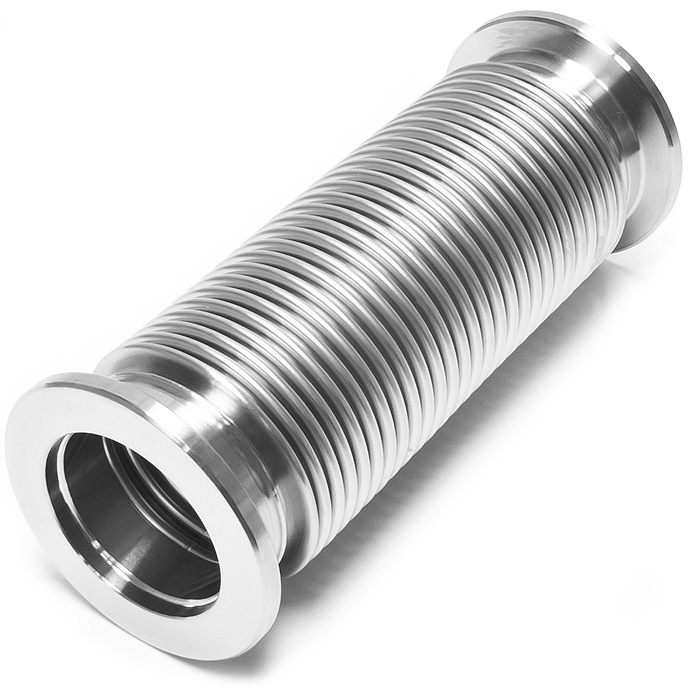
Bellows Technical Parameters
Carrying load
Various expected load values acting on metal bellows and other elastic elements, such as concentrated force F, pressure p and moment M, etc. When the metal bellows-type elastic element is used, in addition to the given load value, the direction and location of the load must be given. For compressive loads, it should also be stated that the elastic element is subjected to internal or external cavity pressure.
The maximum load value or full-scale value allowed for metal bellows and other elastic components under normal operating conditions. It is usually the expected design value, or the modified design value after actual testing of the product prototype.
The bearing capacity of a specific elastic component product when it is subjected to transients or during testing is allowed to exceed the rated load without damage, failure, and instability. For instrument elastic sensitive components, the overload capacity is generally limited to 125% of the rated load. Bellows components used in engineering are generally limited to 150% of the rated load. According to engineering requirements, when a large safety factor is required, the provisions of the used elastic elements do not allow any overload, so the load must be less than or equal to the rated load value.
Displacement characteristics
The position of a specific point (free end or center) in a metal bellows and an elastic element changes. According to its movement trajectory, it can be divided into linear displacement and angular displacement. Under external load, the metal bellows may produce axial displacement, angular displacement and lateral displacement.
The displacement value caused by metal bellows and elastic components under the rated load, that is, the working displacement that they are allowed to generate under normal use conditions.
All kinds of elastic elements can withstand the rated displacement capacity at the moment of operation or during the test. When an overload displacement occurs, the elastic element should not be damaged, failed, or unstable. For instrument elastic sensitive components, the overload displacement is generally limited to 125% of the rated displacement. The bellows components used in the project should be determined according to the engineering conditions and the degree of safety.
Elastic properties
The relationship between the displacement and load of a metal bellows and other elastic components on a given cook is called elastic characteristics, and the displacement and load should be stored in the elastic range of the component material. Equations, tables and graphs. Its elastic characteristics depend on the structure and loading method of various elastic elements. The elastic characteristics of components can be linear or non-linear. Non-linearity can also be divided into two types: increasing characteristics and decreasing characteristics.
Elasticity is a main performance index of bellows and other elastic components. The elastic components used in instruments and measuring devices are generally designed to make the output of the component and the measured parameter (load) have a linear relationship. In this way, a simpler transmission amplification mechanism can be used to achieve the equal division of the meter.
Residual deformation
The residual deformation of metal bellows and other elastic components refers to the displacement of the components after loading, but the elastic components cannot return to their original positions after a considerable period of time after unloading. Produces a residual value for permanent deformation. The residual deformation of the component is related to the use state. When the tensile (or compression) displacement gradually increases to a certain displacement value, the residual deformation will increase significantly.
Residual deformation is a parameter that determines the deformability of elastic components. For elastic sensitive components, if a large residual displacement occurs after reaching the rated displacement value, this will affect the measurement accuracy of the meter. therefore. Generally, a certain limit value is given to the amount of residual deformation. Corrugated tube components (such as bellows expansion joints) used in engineering, sometimes in order to obtain larger displacements, make the components work in the elastoplastic area, which will cause large residual deformation. If it can meet a certain service life without failure. At this time, the amount of residual deformation is no longer considered.






